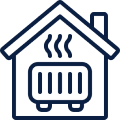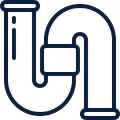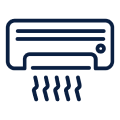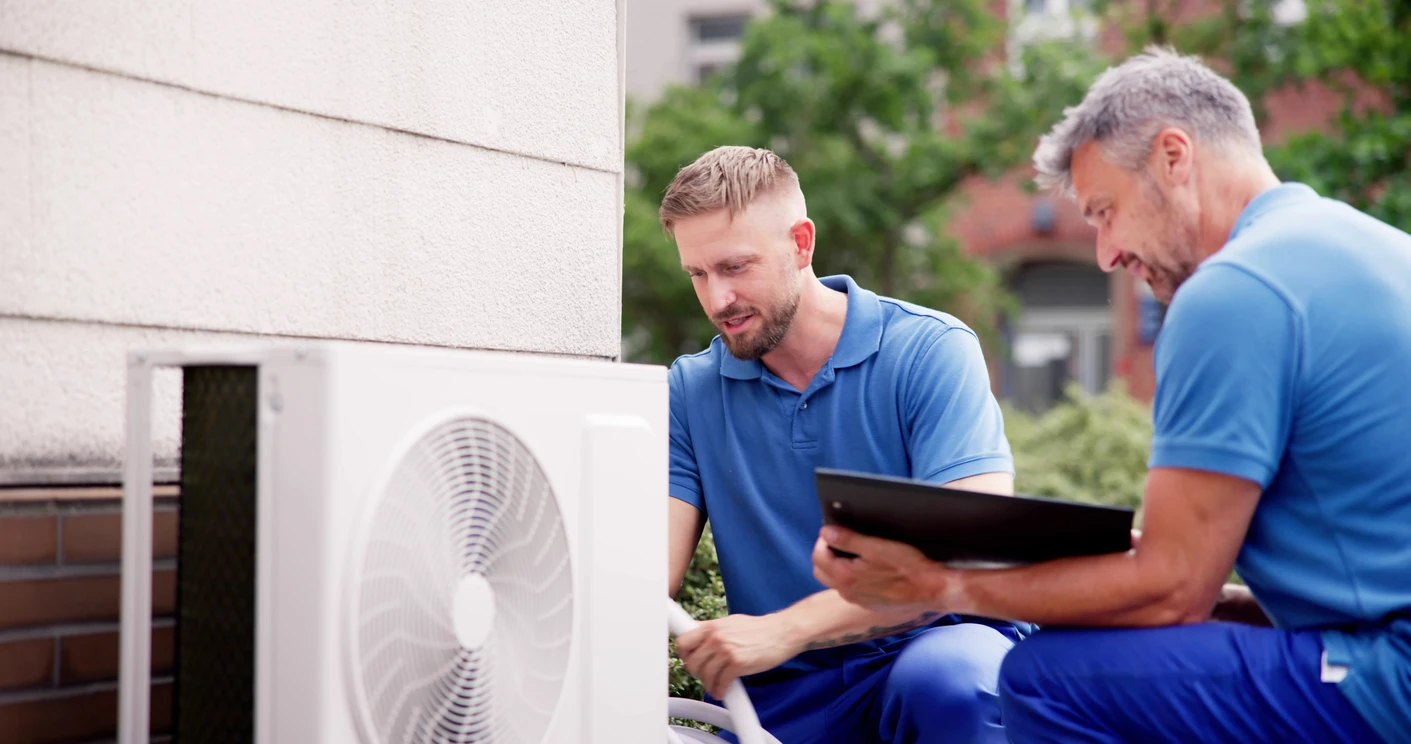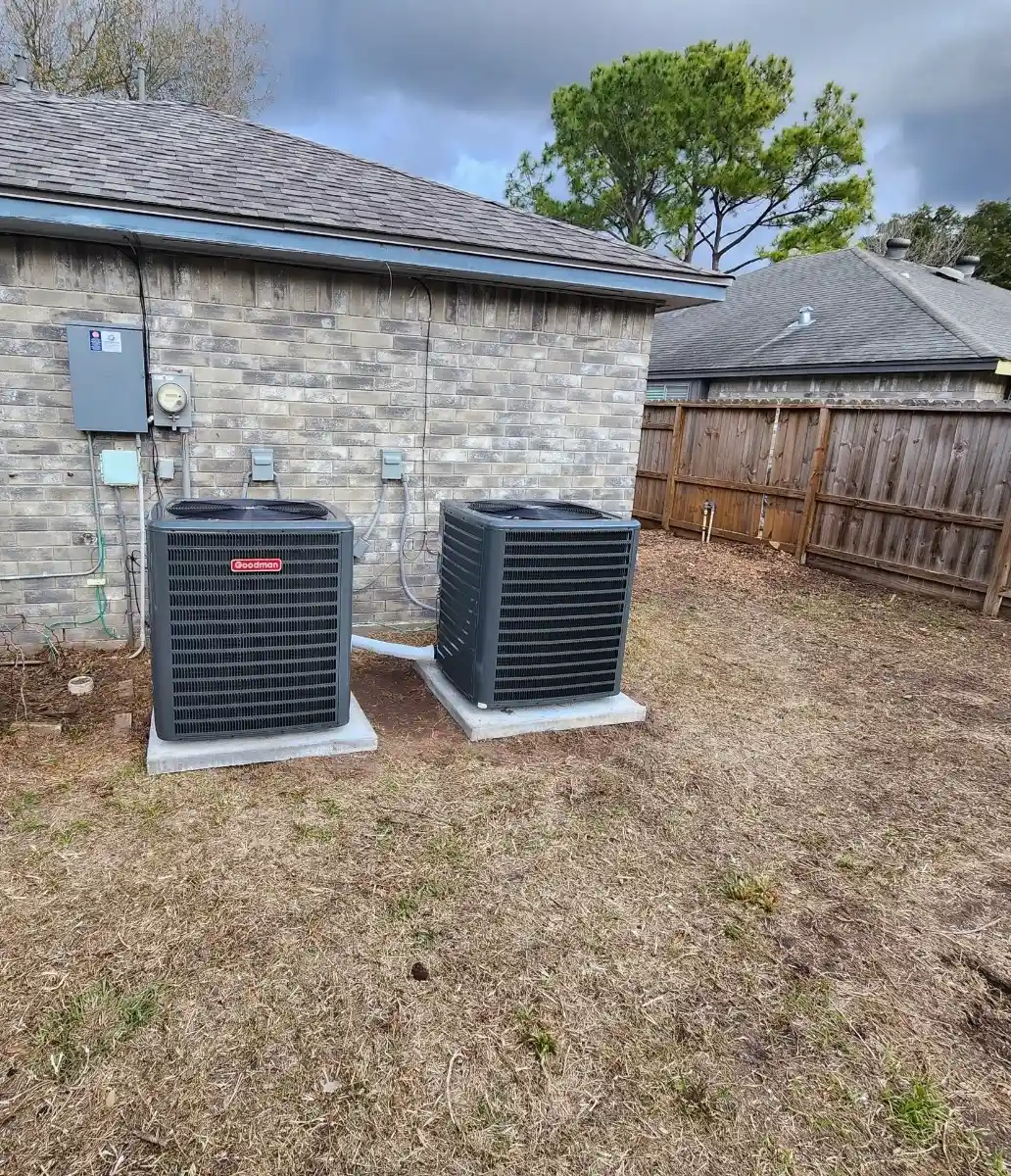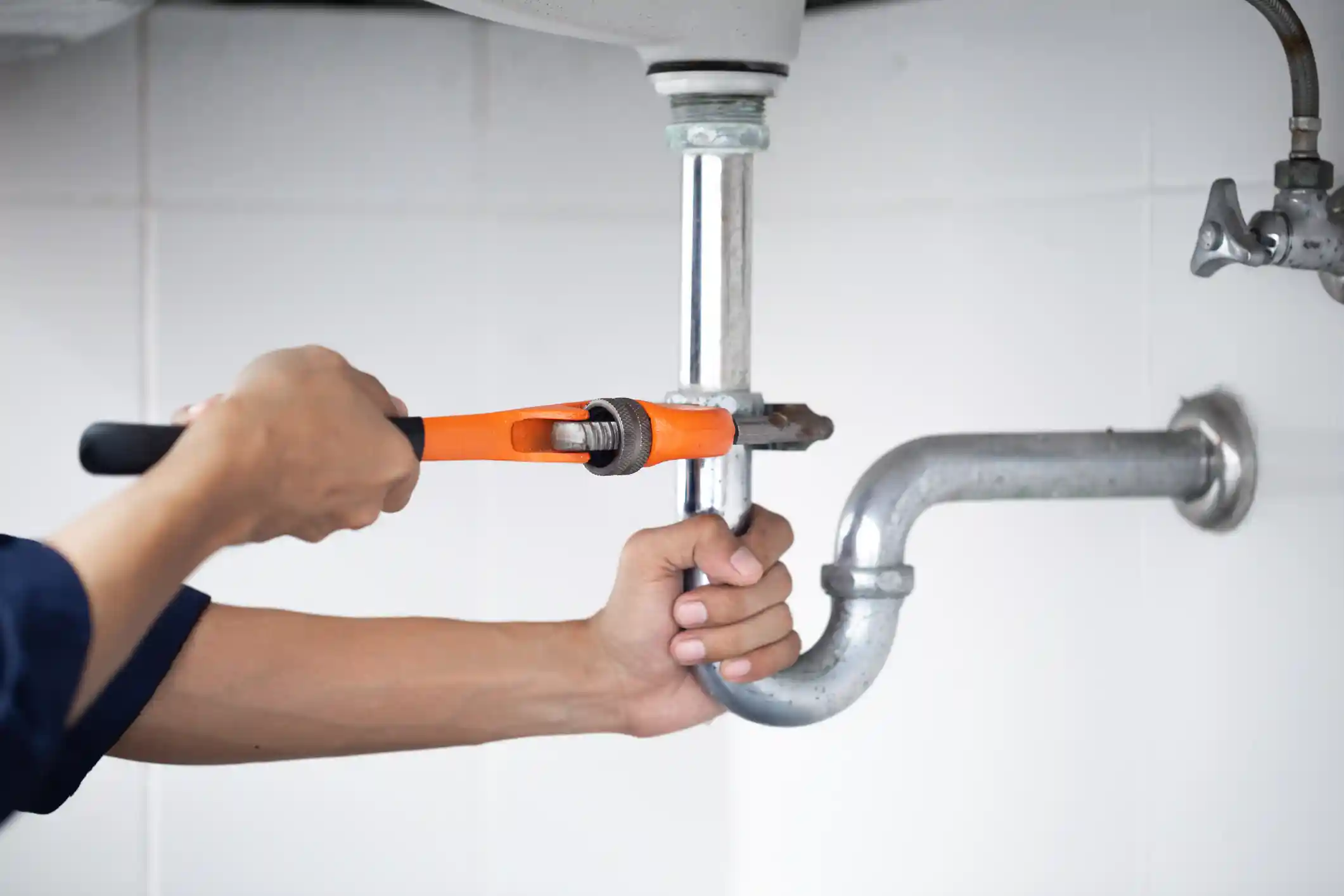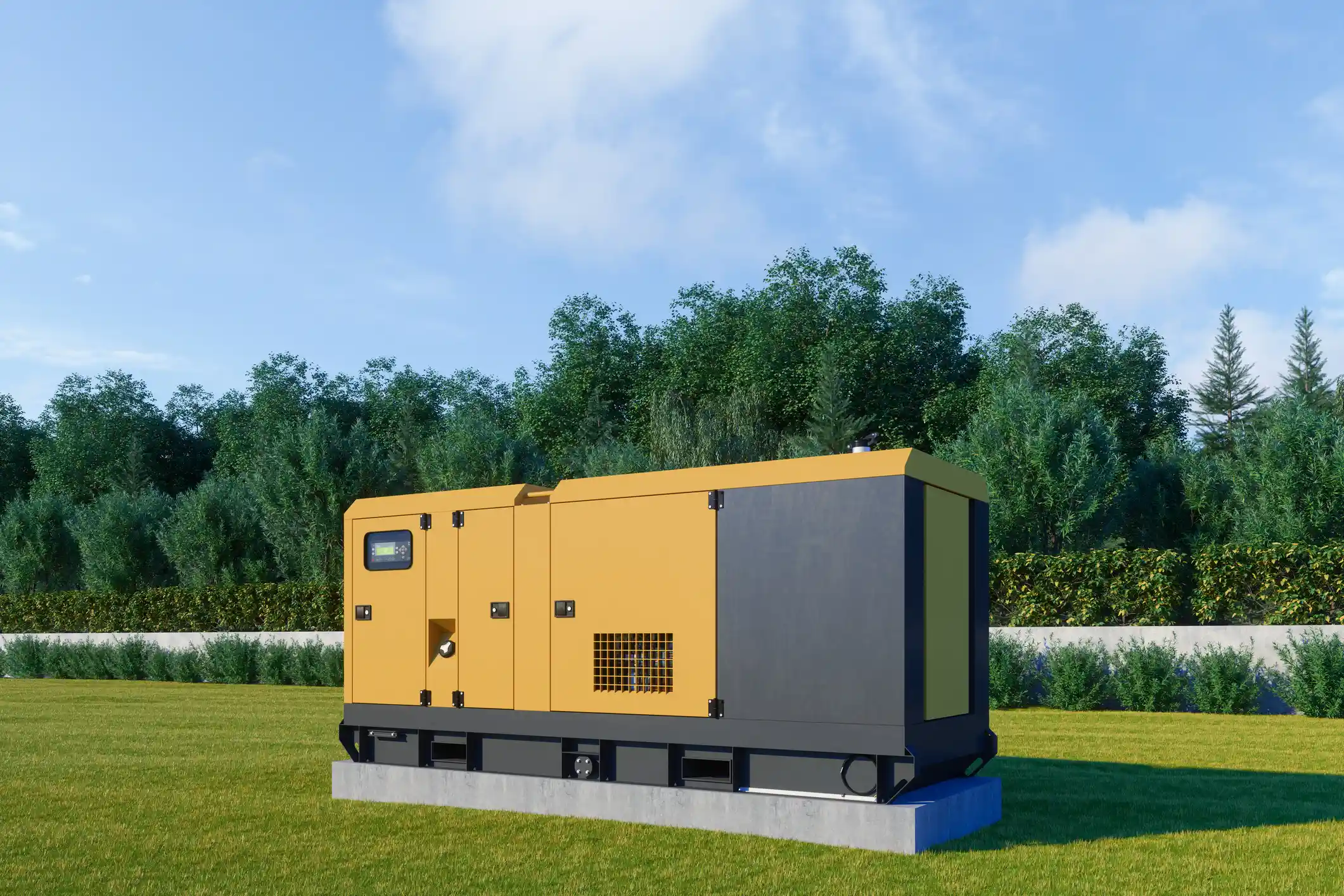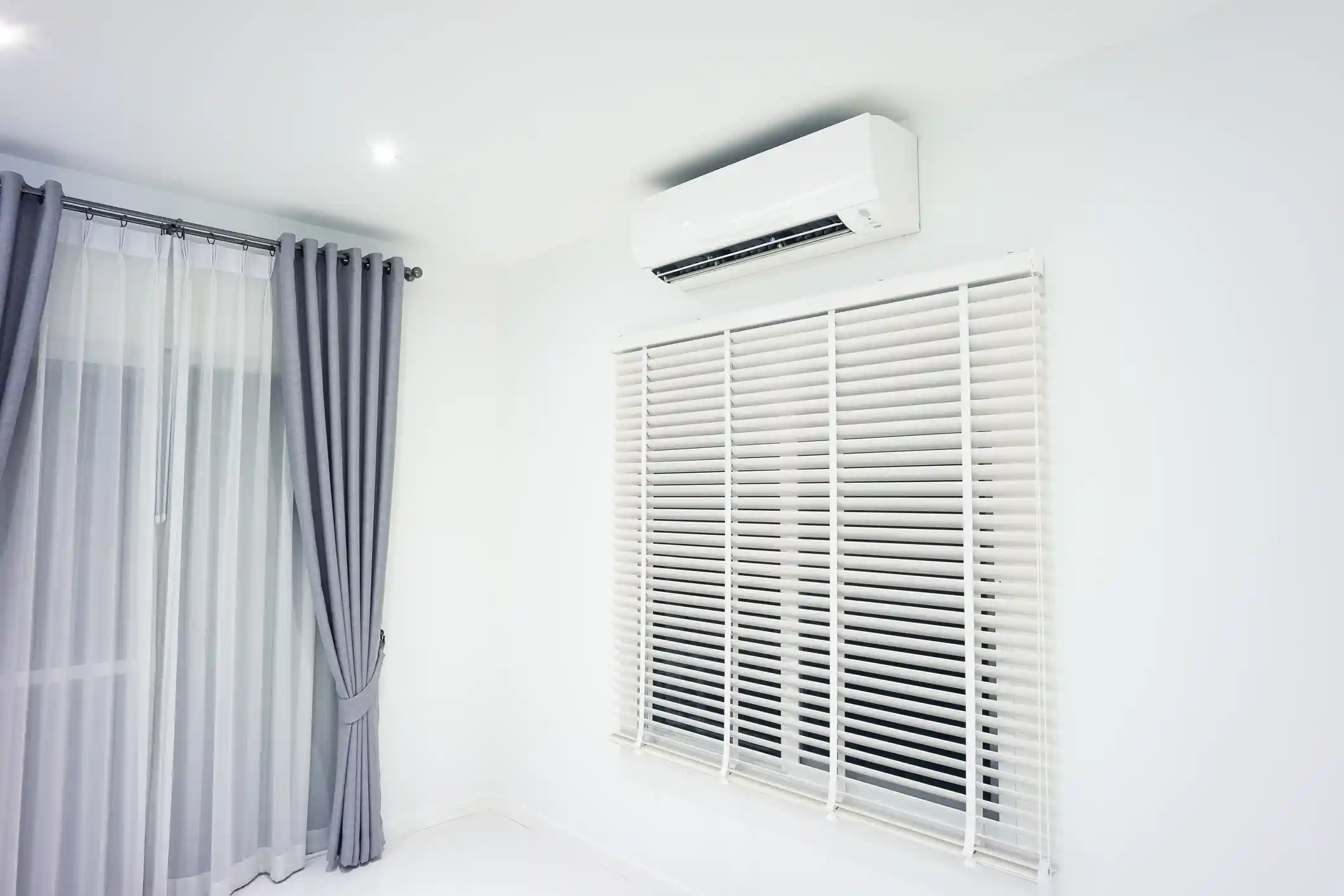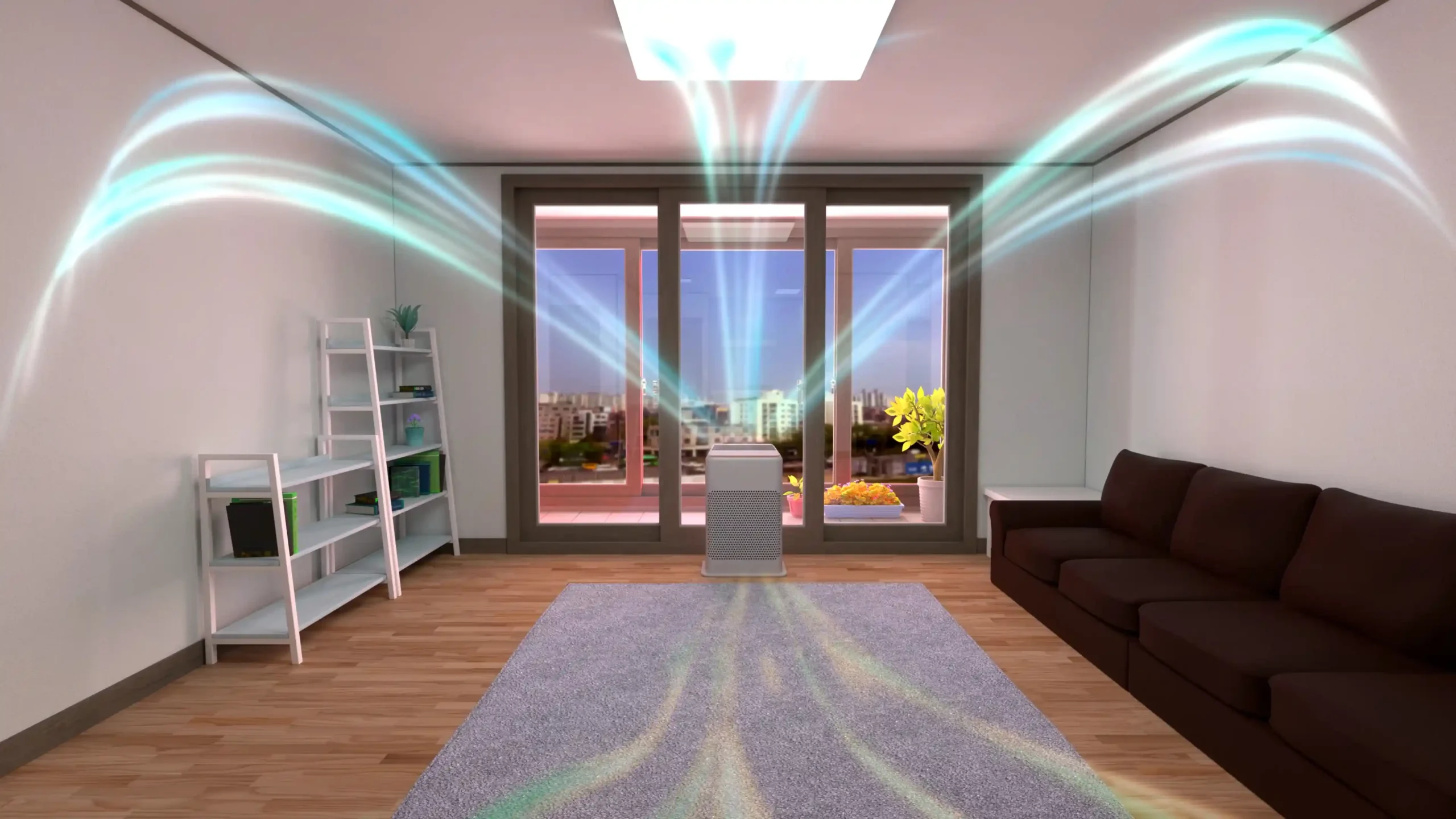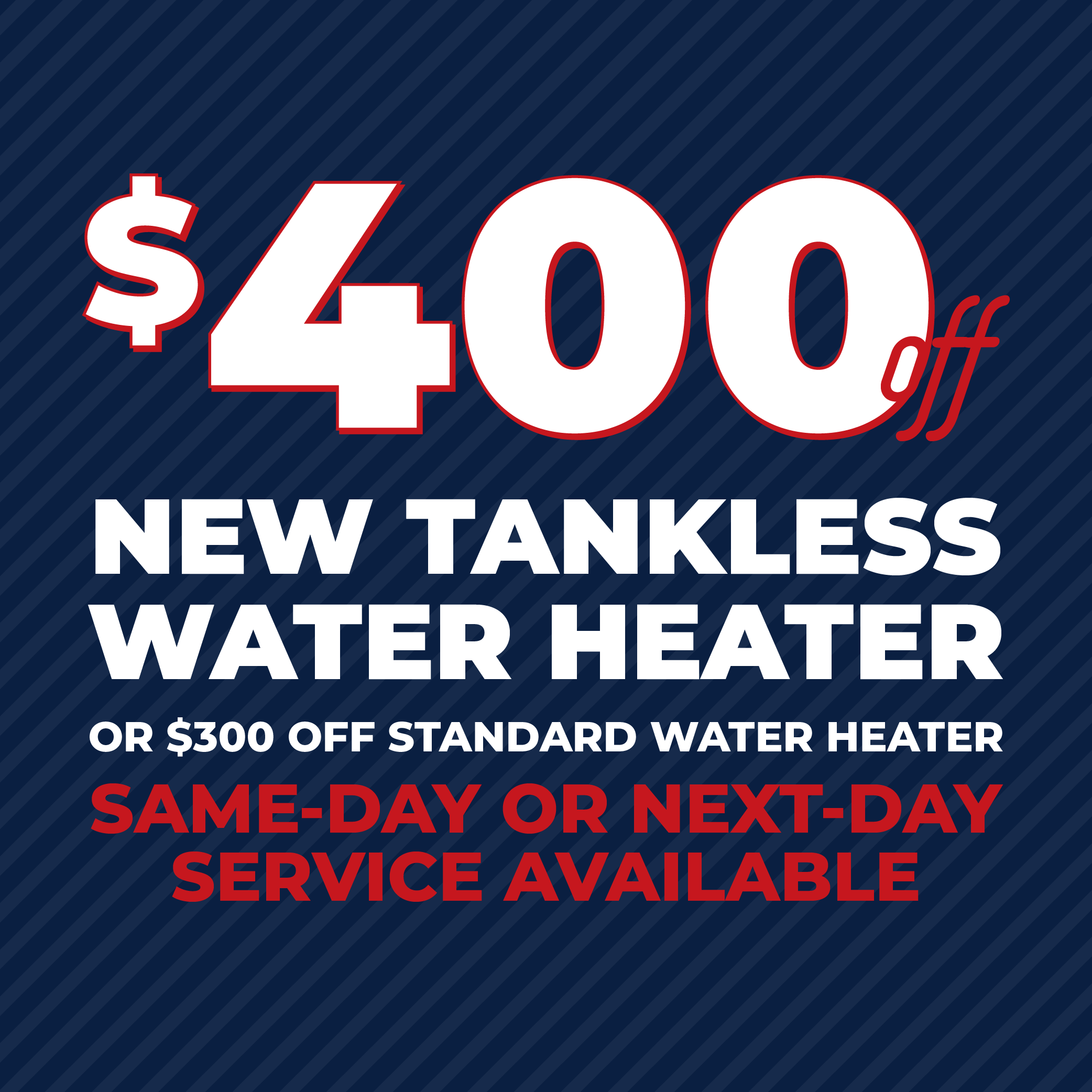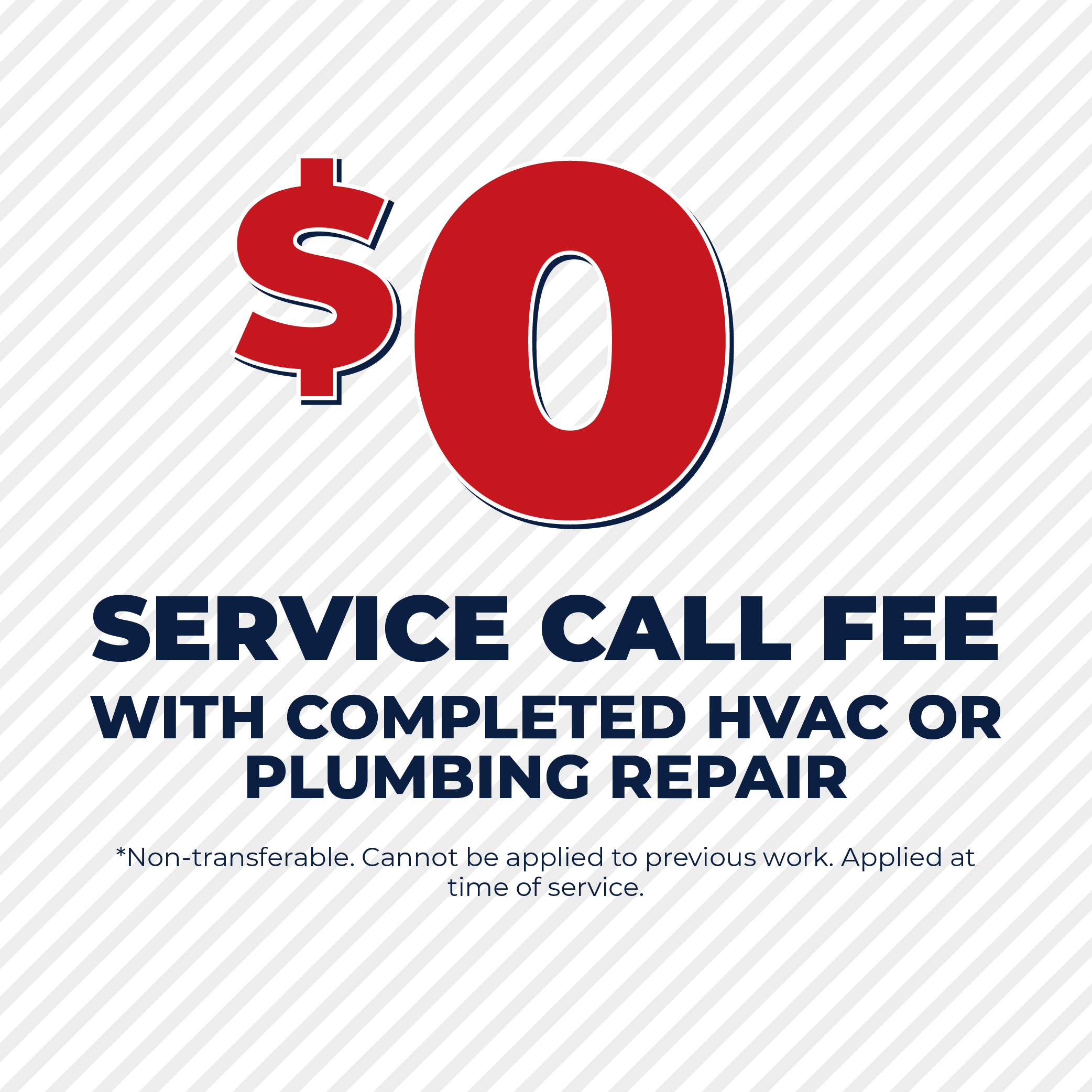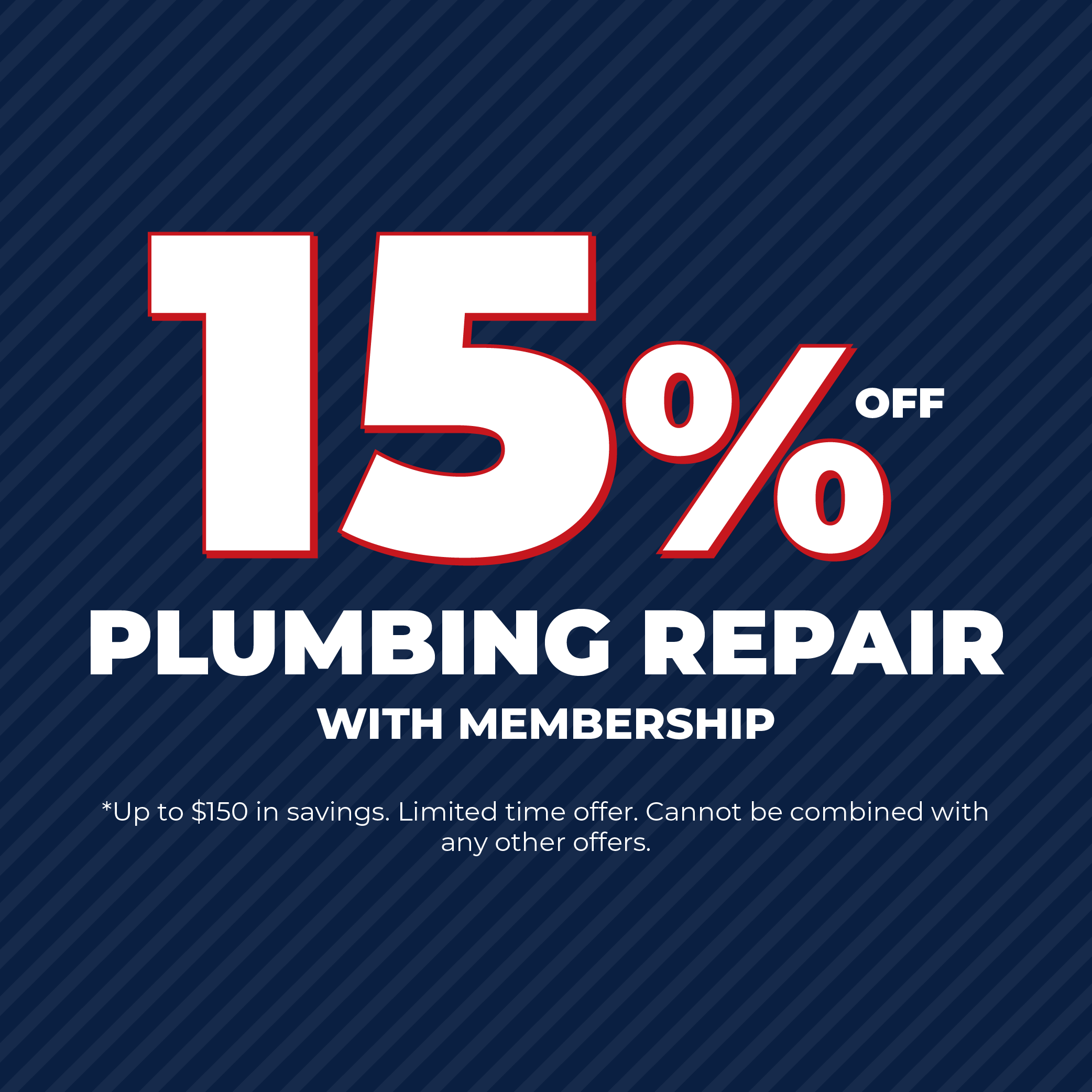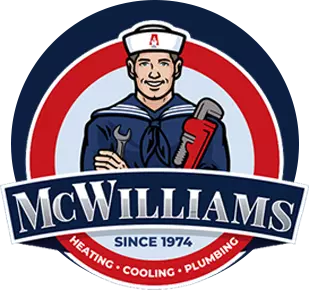
Serving the Greater Texas Area Since 1974
Over 50 Years of Experience
Reliable Air Conditioning, Heating, & Plumbing Experts


Serving the Greater Texas Area Since 1974

Discover Local Promotions Available Near You!
Why Choose McWilliams Heating, Cooling & Plumbing


Available 7am-7pm 7 days a week

Multiple flexible Financing Options

Free In-Home Estimates

Locally Operated

Professionally Trained Technicians

Customer Reviews
Financing Available
At McWilliams Heating, Cooling and Plumbing, we understand that HVAC and plumbing services are essential for the comfort & functionality of your home. We are committed to providing our customers with the best solutions, & we believe that financial constraints shouldn’t stand in the way of your comfort.
That’s why we offer flexible financing options, ensuring that you can access our top-notch services without compromising your budget. Our goal is to make your experience seamless, convenient, & stress-free, allowing you to enjoy a comfortable living environment without worrying about upfront costs.
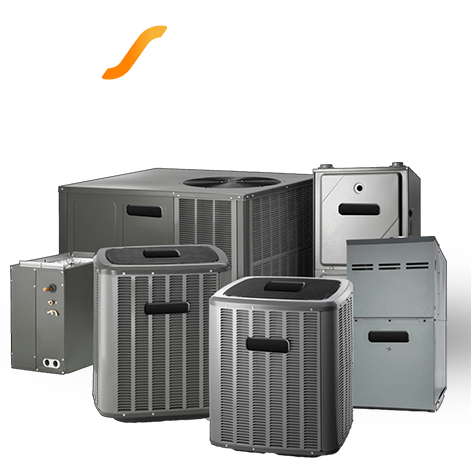

Heating & AC Installation
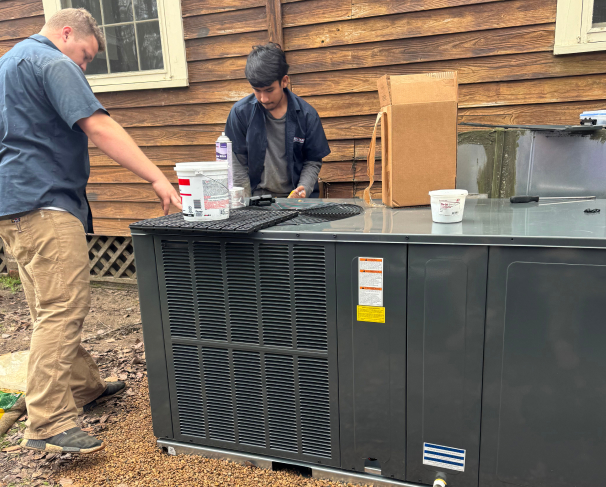
Purchasing a new air conditioner or heating system is one of the best investments a homeowner can make, and our intallation technicians do everthing possible to safeguard that investment.
Every installation visit begins with a full load calculation to determine the exact capacity needed to keep the whole home cool and we recommend a system calibrated to meet that need.
AC & Heating Repair
When equipment does fall, our A/C & heating repair team is ready to step in and fix all makes and models.
We send our teams out fully stocked with all the equipment they need to fully service your unit. In addition, we offer 7-7-7 services to keep our friends and neighbors comfortable in any season.

Plumbing Services
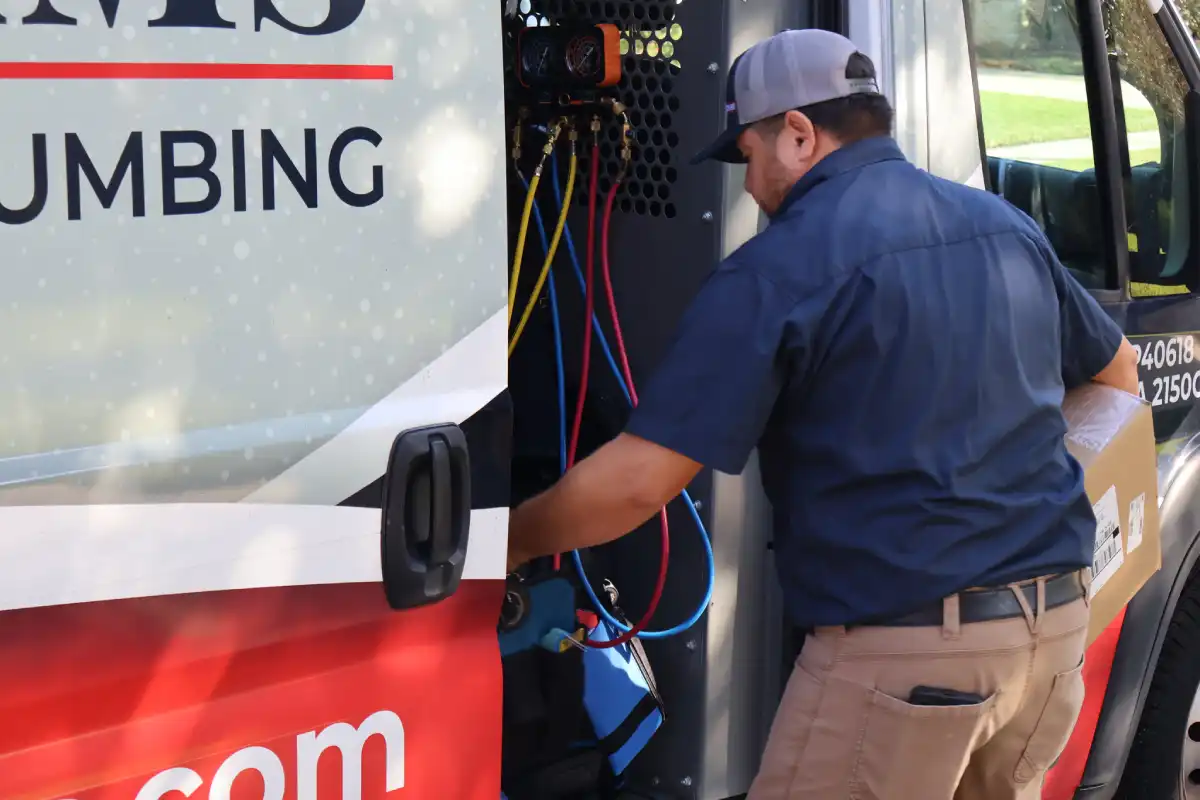
Our team of licensed plumbing specialists are well equipped and always available. When you trust us with your plumbing, you can rest assured that you’re receiving top-notch service from a qualified, professional team.
Wheather you need residential or commercial plumbing services, at McWilliams Heating, Cooling and Plumbing, we offer a full range of services.










